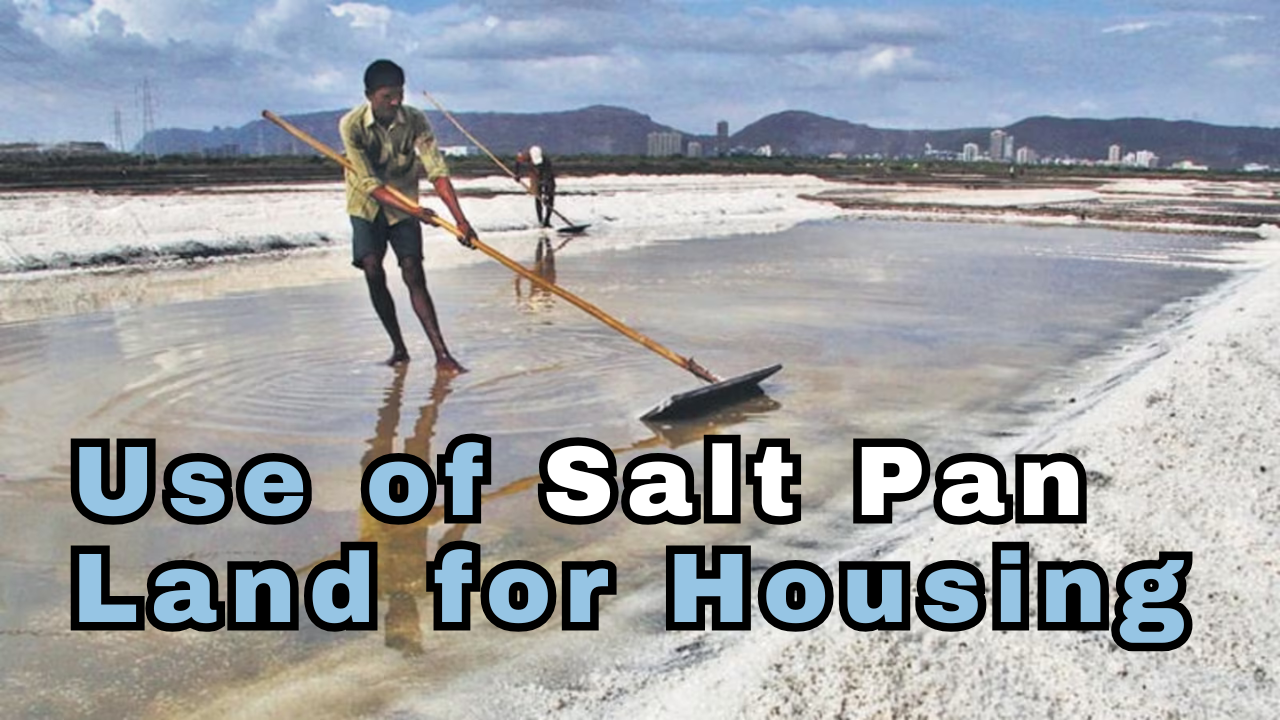Font size:
Print
Nature-Based Solutions to Mitigate Disasters
Context: A new global assessment of scientific literature led by the University of Massachusetts Amherst finds that nature-based solutions (NbS) are an economically effective method to mitigate risks from a range of disasters.
Nature-Based Solutions (NbS):
- NbS are interventions where an ecosystem is either preserved, sustainably managed or restored to provide benefits to society and to nature.
- NbS mitigates disasters from floods and hurricanes to heat waves and landslides, which are only expected to intensify as Earth continues to warm.
- or facilitate climate mitigation and adaptation.
- According to the World Bank Group: NBS that strategically conserve or restore nature to support conventionally built infrastructure systems (also referred to as grey infrastructure) can reduce disaster risk and produce more resilient and lower-cost services in developing countries.
- In the disaster risk management (DRM) and water security sectors, NBS can be applied as green infrastructure strategies that work in harmony with grey infrastructure systems.
- The World Bank’s Nature-Based Solutions Program aims to facilitate the uptake of NbS in water management and DRM projects.
- Cost-Effectiveness: NbS were proven to be a consistently cost-effective approach to mitigating hazards.
- Ecosystem-based interventions most frequently found effective include mangroves (80%), forests (77%), and coastal ecosystems (73%).
- Effectiveness: 65% of studies found NbS always more effective at mitigating hazards compared to engineering-based solutions.
- NbS have emerged in combination with or as an alternative to engineering-based solutions.
- Examples: Restoring wetlands to address coastal flooding as an alternative to constructing seawalls.
- Policy Recognition: NbS are acknowledged by major national policies and international agreements, including those by the U.N. and the White House.

- Nature-based Solutions for Disaster Risk Reduction guide of UNDRR, provides expert-informed, practical guidance on setting up and implementing Nature-based Solutions (NbS) for disaster risk reduction (DRR) and climate change adaptation.
- It is designed to support the implementation of the Sendai Framework for Disaster Risk Reduction 2015-2030.
Underestimated Benefits:
- Environmental and socioeconomic benefits, such as maintaining biodiversity, climate mitigation, and supporting underserved communities.
- Difficulties in quantifying improvements in air and soil quality, protection of endangered species, and cultural or spiritual values contribute to underestimation.
- Complex and potentially expensive valuation techniques are needed to assess these benefits.
Financing and Future Needs:
- Funding Sources: NbS have been mainly financed by the public sector, even when involving private property.
- Future Requirements: To achieve a global impact, additional funding is required, with a significant share needing to come from the private sector.
- A transformative upscaling of NbS requires both public and private financing.
- Developing innovative nature-based insurance and investment solutions is the next step.
Recently, Coalition for Disaster Resilient Infrastructure (CDRI) announced an $8 Million funding initiative to support Disaster Resilient Infrastructure in Small Island Developing States (SIDS).
- The Prime Minister of India launched CDRI at the UN Climate Action Summit in 2019.
- It is a global partnership that aims to promote the resilience of infrastructure systems to climate and disaster risks, thereby ensuring sustainable development.
- Secretariat: New Delhi, India.



